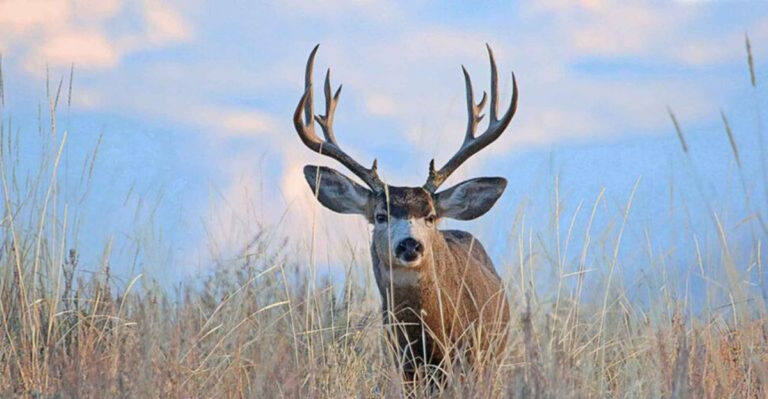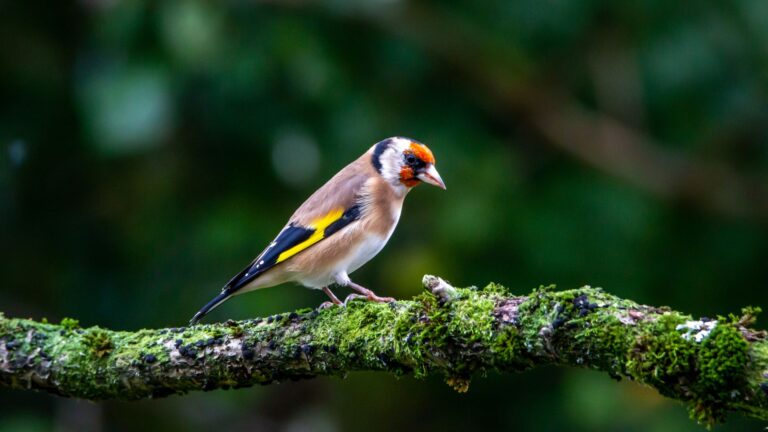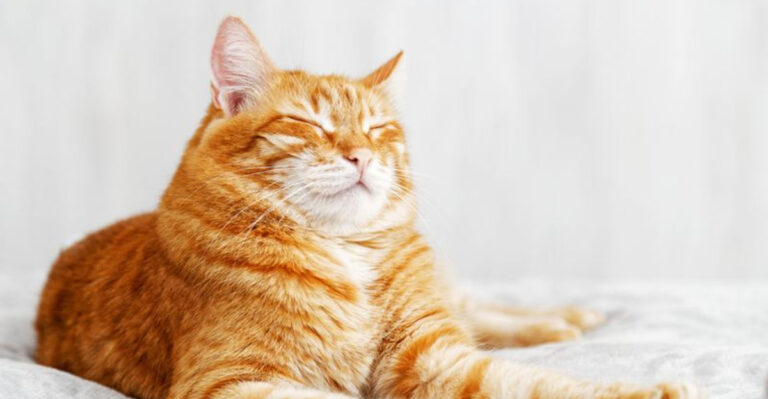7 Nicest Wild Animals On Earth, And 6 That Remind Nature Still Has Boundaries
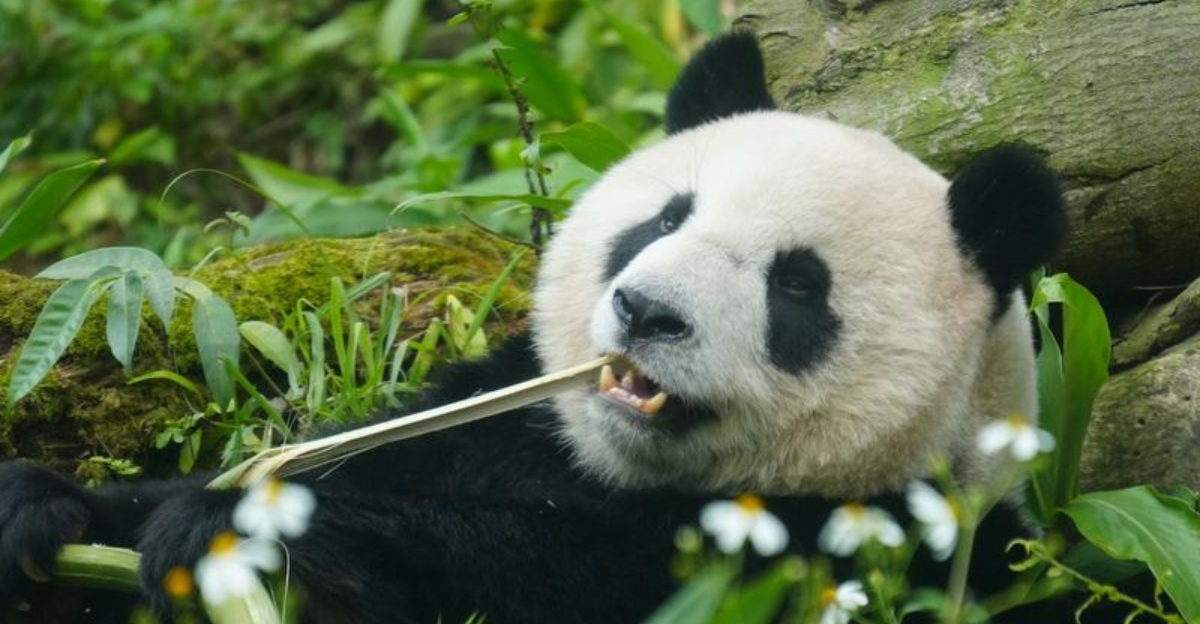
The wild kingdom is full of surprises when it comes to animal behavior. While we often hear about dangerous predators and aggressive wildlife, some wild animals show remarkable gentleness toward humans and other species.
At the same time, others serve as powerful reminders that nature deserves our respect and distance. Join me as we explore some of the friendliest creatures in the wild, along with those that prove why we should admire wildlife from afar.
1. Capybaras: Nature’s Chill Ambassadors
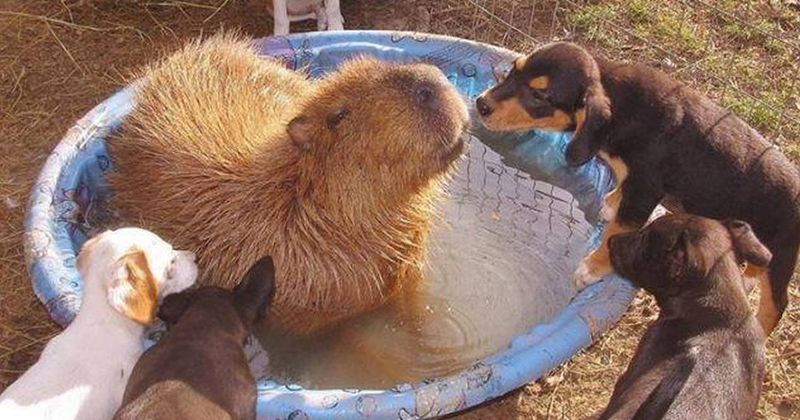
Capybaras have earned the nickname “nature’s ottoman” because of their incredible tolerance for other animals sitting on them. These giant rodents from South America radiate zen-like calm in every situation.
Their peaceful nature allows them to befriend virtually any animal, from birds to crocodiles. Wildlife photographers have documented capybaras hanging out with monkeys, turtles, and even predatory cats without showing signs of stress.
2. Dolphins: The Ocean’s Helpful Heroes
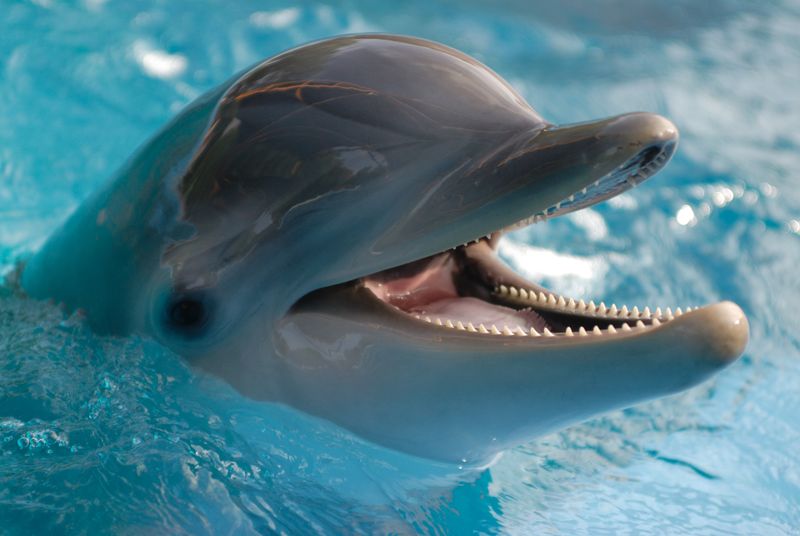
Countless stories exist of dolphins guiding stranded sailors to shore or protecting swimmers from sharks. Their intelligence combined with genuine curiosity about humans makes these marine mammals truly special.
Scientists have documented dolphins working cooperatively with fishermen in Brazil, herding fish toward nets in exchange for a share of the catch. This rare human-wildlife partnership has continued for generations, passed down through both dolphin and human families.
3. Elephants: Gentle Giants With Long Memories
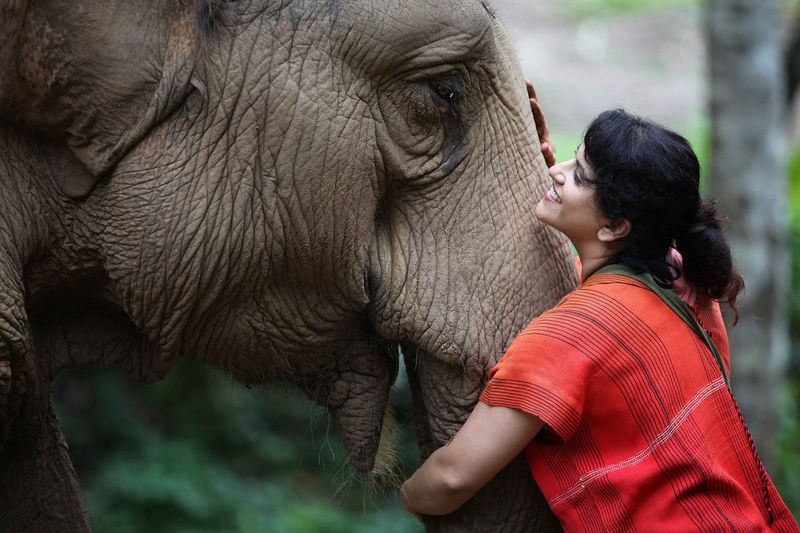
Elephants form deep bonds not just within their herds but occasionally with humans who’ve shown them kindness. These intelligent mammals have been known to recognize and greet humans they haven’t seen for decades.
Their emotional intelligence rivals our own. Elephants mourn their dead, comfort distressed herd members, and show remarkable empathy. Conservationists have witnessed orphaned elephants supporting each other through trauma in sanctuary settings.
4. Quokkas: The Smiling Marsupials
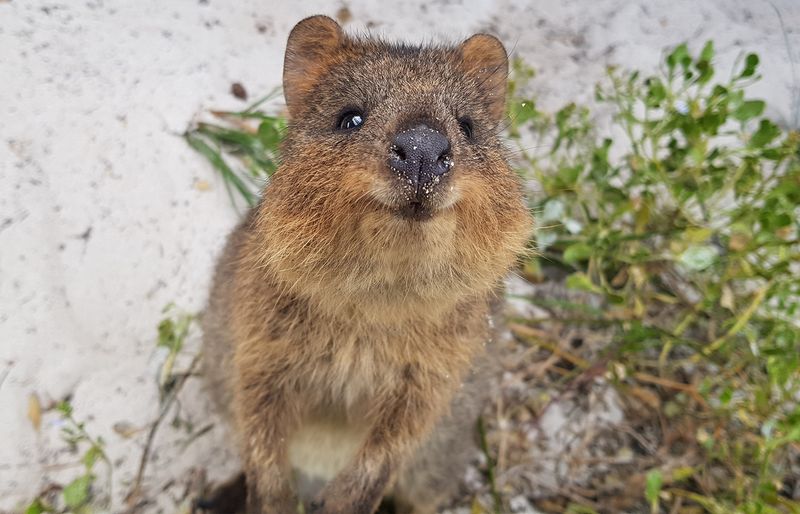
Native to Australia, quokkas have become internet famous for their perpetually smiling faces. Their friendly demeanor makes them appear constantly happy to see visitors, though their expression is simply their natural face structure.
Unlike many wild animals, quokkas show little fear of humans. On Rottnest Island, they approach visitors with curiosity rather than caution. Their trusting nature has unfortunately made them vulnerable to those who don’t respect wildlife boundaries.
5. Manatees: Floating Balls Of Gentleness

Sometimes called sea cows, manatees are the epitome of peaceful existence. These slow-moving marine mammals glide through warm coastal waters without a hint of aggression toward any creature.
Despite their massive size (often weighing over 1,000 pounds), manatees are incredibly gentle. They spend their days munching on vegetation and floating lazily in the sunshine. Their curious nature sometimes brings them close to respectful swimmers, creating magical wildlife encounters.
6. Orangutans: The Thoughtful Forest Dwellers
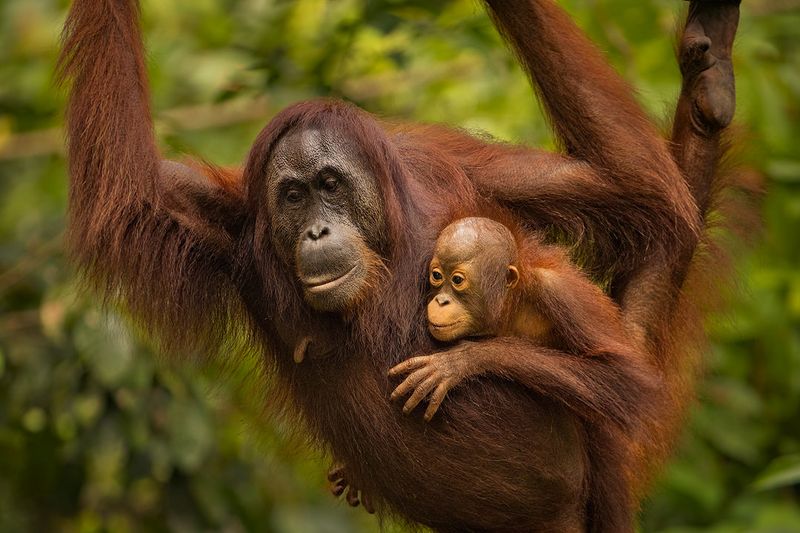
Among the great apes, orangutans stand out for their gentle, contemplative nature. These intelligent primates form strong bonds with their caretakers when in rehabilitation centers, showing remarkable trust and affection.
Female orangutans are especially nurturing, maintaining the longest childhood dependency period of any mammal except humans. Their problem-solving abilities and tool use demonstrate their impressive cognitive skills. When treated with respect, they respond with genuine gentleness.
7. Pandas: Bamboo-Loving Introverts
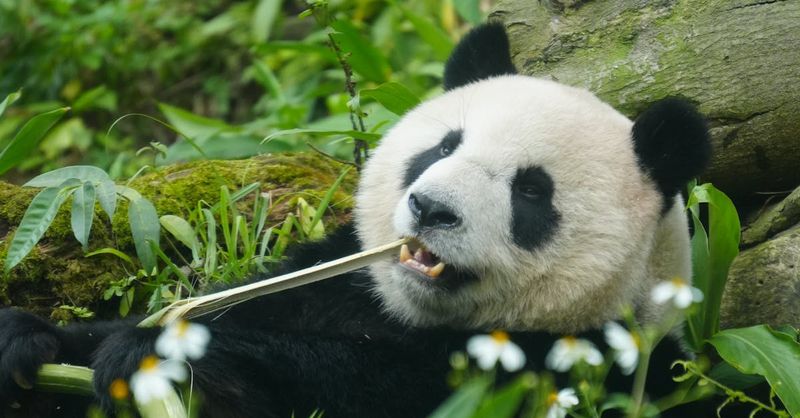
Despite their status as bears, giant pandas prefer munching bamboo to hunting prey. Their peaceful temperament makes them among the least aggressive large mammals when left undisturbed.
Pandas spend up to 14 hours daily eating bamboo, which explains their relaxed lifestyle. In captivity, they often form bonds with their caretakers. Their roly-poly appearance and clumsy antics have won human hearts worldwide, helping drive conservation efforts for this endangered species.
8. Saltwater Crocodiles: Prehistoric Power Houses
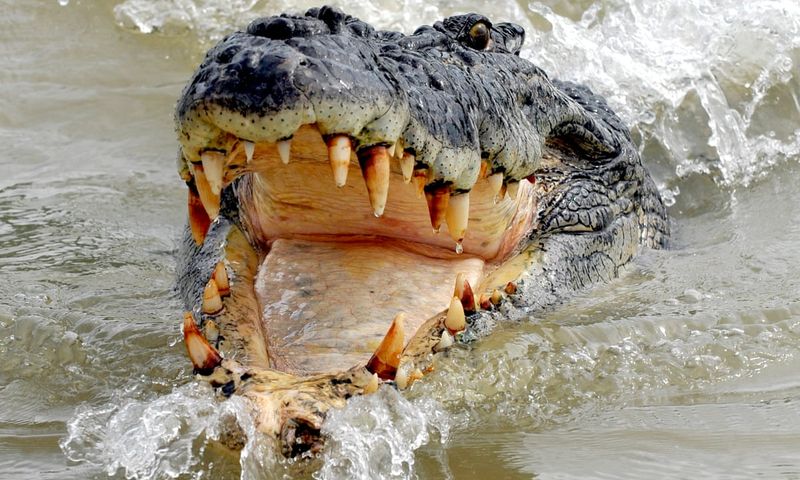
Don’t let their sometimes motionless appearance fool you. Saltwater crocodiles are lightning-fast ambush predators with the strongest bite force of any animal alive today—enough to crush a human skull instantly.
These ancient reptiles have remained virtually unchanged for millions of years because their design is perfect for what they do: hunt. They can remain motionless for hours before striking with explosive speed. Unlike many animals, they view humans as potential prey, not creatures to avoid.
9. Box Jellyfish: Invisible Ocean Killers
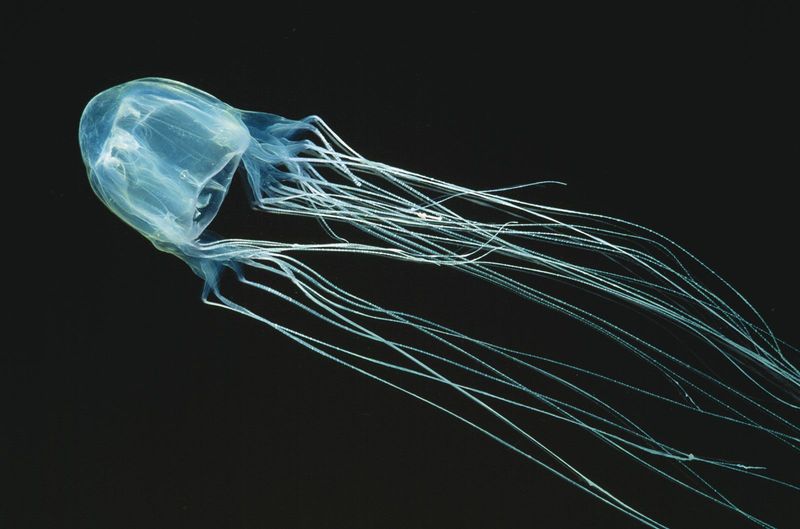
Box jellyfish look harmlessly beautiful—transparent, delicate creatures drifting with ocean currents. This deceptive appearance hides one of the most venomous animals on Earth, capable of killing a human in minutes.
Unlike other jellyfish, box jellies can actively swim at speeds up to 4 mph and have 24 eyes. Their venom attacks the heart, nervous system, and skin cells simultaneously. Even more frightening, they’re nearly invisible in water, making them impossible to spot until it’s too late.
10. Hippos: Deceptively Lethal River Giants
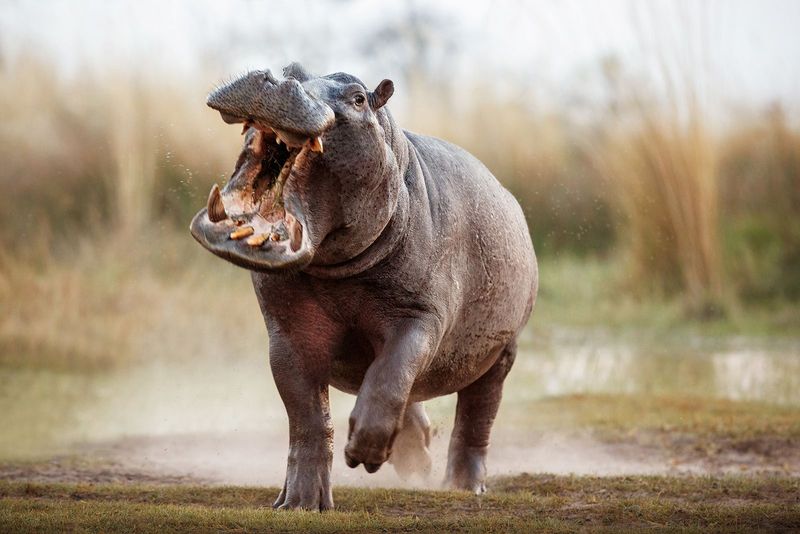
Cartoons often portray hippos as jolly, rotund creatures, but this couldn’t be further from reality. Hippopotamuses kill more humans in Africa annually than any other large animal, including lions and crocodiles.
Territorial and unpredictable, hippos can charge at speeds of 20 mph despite weighing up to 4,000 pounds. Their massive jaws can snap a canoe in half with ease. What makes them especially dangerous is their hair-trigger temper—they’ll attack with little provocation if they feel threatened.
11. Cassowaries: Dinosaur Birds With Kicks
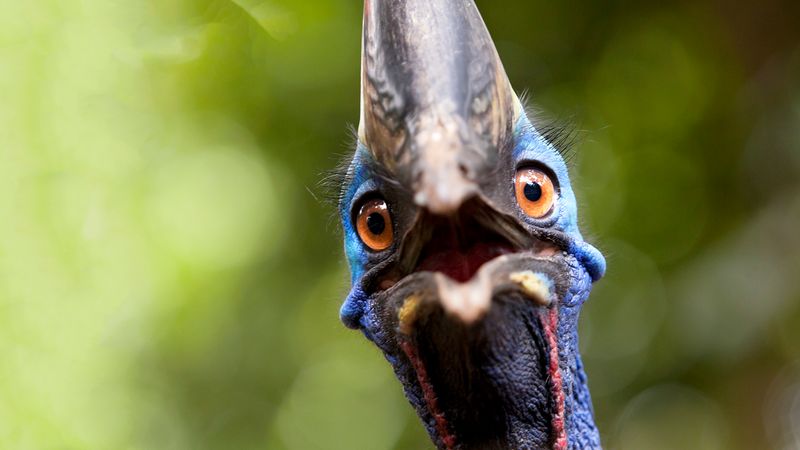
Looking like something straight out of Jurassic Park, cassowaries are massive flightless birds native to Australia and New Guinea. Their vibrant blue necks and dinosaur-like appearance might seem fascinating from a distance.
Up close, they’re terrifying. Armed with 5-inch dagger-like claws, cassowaries can disembowel predators with a single kick. When threatened, they jump and kick forward with incredible force. Wildlife experts consider them among the most dangerous birds on the planet.
12. Poison Dart Frogs: Tiny Toxic Jewels
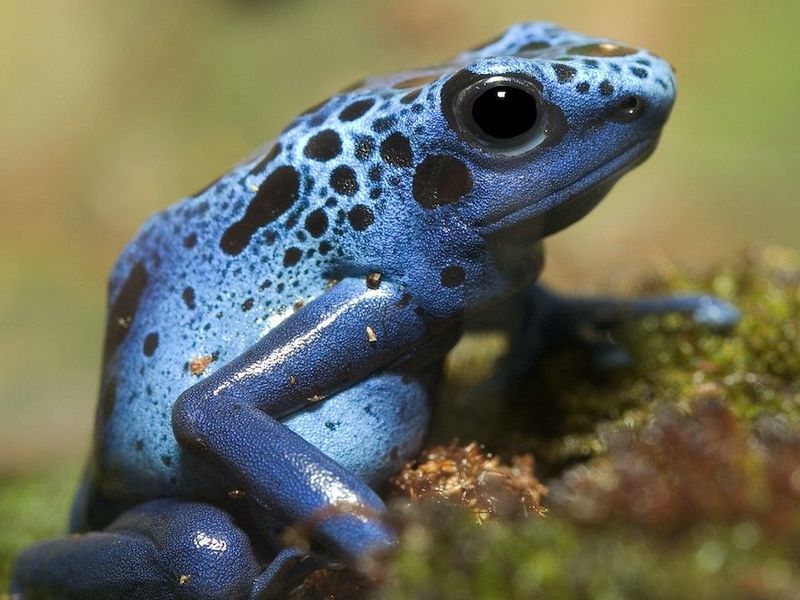
Mother Nature has a flair for warning colors, and poison dart frogs are her masterpiece. These tiny amphibians, often no bigger than a paperclip, sport brilliant blue, yellow, and red patterns that scream “danger” to predators.
A single golden poison dart frog contains enough toxin to kill 10 adult humans. Indigenous Amazonian tribes have used their poison on hunting darts for centuries. Unlike venomous snakes that must bite, these frogs are passive defenders—just touching them can transfer deadly toxins.
13. Honey Badgers: Nature’s Fearless Fighters
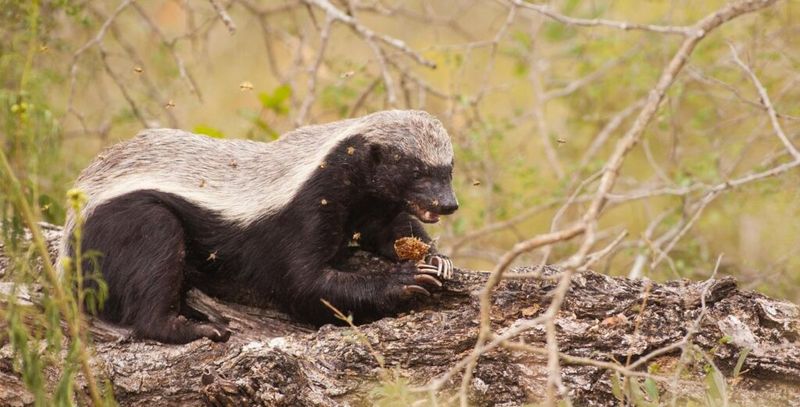
Pound for pound, honey badgers might be the most fearless creatures on Earth. These relatively small mammals regularly take on venomous snakes, raid beehives without flinching, and have even been documented challenging lions.
Their loose, thick skin allows them to twist and fight back even when in another animal’s grip. Remarkably resistant to venom, they can recover from cobra bites that would kill other animals. Their ferocity is so legendary that larger predators often choose to avoid confrontation.


